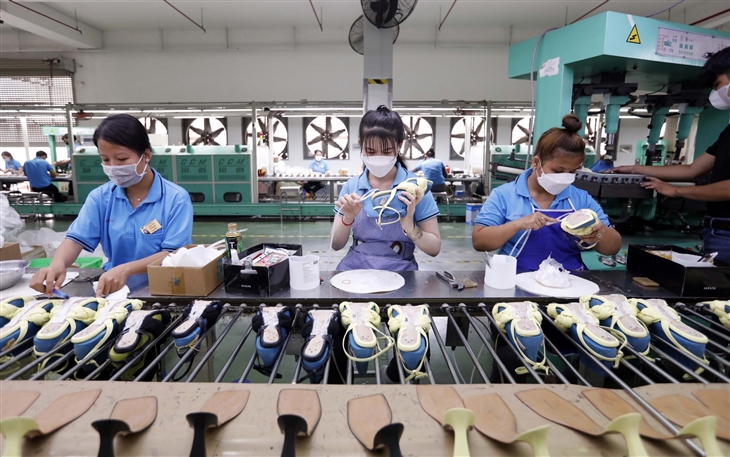Trade remedy guidance important for exporters
Saturday, June 17,2023
AsemconnectVietnam - The Ministry of Industry and Trade has just published guidance on trade remedies to help businesses implement the Pacific Rim trade deal.
Trade remedy challenges
The Comprehensive and Progressive Agreement for Trans-Pacific Partnership (CPTPP) is a new-generation free trade agreement (FTA) signed by 11 member countries, namely Vietnam, Australia, Brunei, Canada, Chile, Japan, Malaysia, Mexico, New Zealand, Peru and Singapore. Vietnam's exports to CPTPP markets have grown well since the agreement became effective on January 14, 2019. While it provides numerous opportunities for Vietnamese businesses, the agreement brings challenges including trade remedy-related ones.
According to the Ministry of Industry and Trade’s Trade Remedies Authority of Vietnam (TRAV), trade remedy measures include anti-dumping, anti-subsidy or self-defense, which will push up the current low import tax, subject to Vietnamese businesses, to an extremely high rate, affecting Vietnamese goods’ penetration into CPTPP markets.
As of the end of 2021, four CPTPP partners (Australia, Canada, Malaysia and Mexico) initiated 43 trade remedy cases against imports from Vietnam, accounting for 20 percent of the 208 trade remedy cases initiated by WTO (World Trade Organization) members. Of these, anti-dumping trade remedy cases totaled 30, followed by anti-subsidy cases (10) and self-defense cases (3). Australia and Canada initiated the largest numbers of trade remedy investigations against Vietnamese exports.
Leather and footwear was among the sectors heavily influenced by the CPTPP, as the agreement requires products to have a 45-55-percent proportion of CPTPP-sourced materials.
Deputy Director of the Trade Remedies Authority of Vietnam, Chu Thang Trung, said the CPTPP membership will help Vietnam’s fast and strong export growth while causing Vietnamese businesses to compete with rivals in concerned importing countries, which use tools allowed by the WTO and CPTPP, including trade remedies, anti-dumping, subsidies and self-defense, to protect their businesses’ interests. Therefore, businesses need preparation and guidance on trade remedies when implementing the CPTPP, Trung said.
Support
The Ministry of Industry and Trade developed electronic trade remedy guidance for exporters to CPTPP markets as soon as the agreement took effect.
Within the framework of CPTPP implementation cooperation between the governments of Canada and Vietnam, the Ministry of Industry and Trade recently published trade remedy guidance for businesses. Through this guidance, the ministry affirmed that understanding CPTPP rights and obligations will help businesses and consumers benefit from the Pacific Rim trade deal.
Accordingly, the Trade Remedies Authority of Vietnam has recognized the importance of the compliance with CPTPP and WTO agreements.
The guidance also mentions trade remedy practices in the US and Canada. Although the US is not a CPTPP member, exporters might take risk of facing this market’s trade remedy measures. Therefore, learning about US laws and regulations is crucial for businesses trading in this market.
Source: Ven.vn
DAILY: Vietnamese coffee prices rose by 1800 VND on June 16
Industrial projects attract large reciprocal capital
Seafood exports reached nearly 3.38 billion USD in first 5 months of 2023
Vietnamese stock market becomes reliable destination for investors worldwide: official
Individual customers keep depositing at banks despite interest rate cut
Reference exchange rate up 4 VND on June 15
Dung Quat EZ looks to develop ‘green and smart’ economy
DAILY: Vietnamese pepper prices remained unchanged on June 15
DAILY: Vietnamese coffee prices rose by 100 VND on June 15
Vietnam’s trade revenue and surplus in first 5 months of 2023
Vietnam needs to develop coffee value chain: Minister
UK a potential market for Vietnamese durian: insiders
DAILY: Vietnamese pepper prices rose by 500 VND on June 14
DAILY: Vietnamese coffee prices rose by 200 VND on June 14


